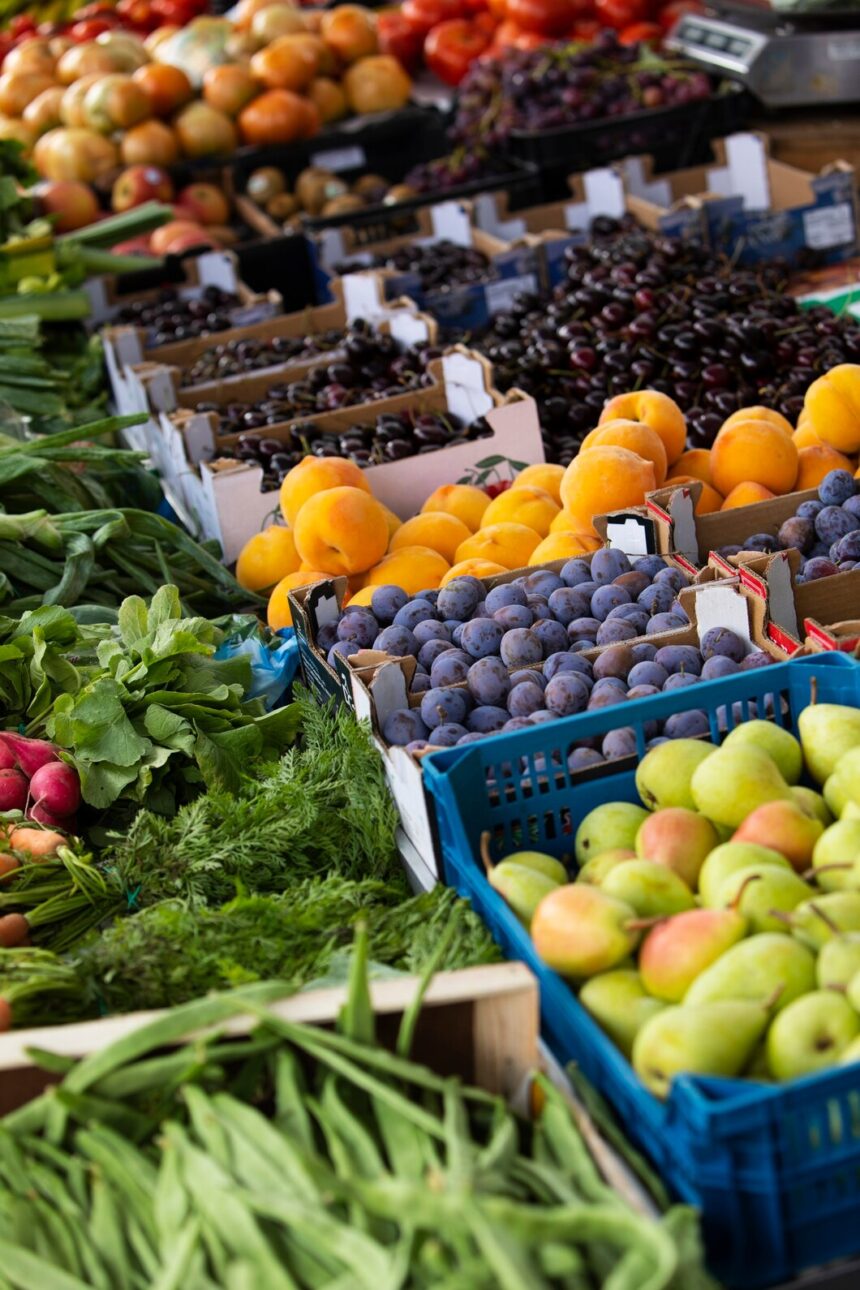In today’s competitive agricultural landscape, understanding your market is essential for success. Whether you are a small-scale farmer or run a large commercial farm, conducting a market analysis allows you to assess demand, competition, pricing, and other factors that can influence the profitability of your products. For South African farmers, who face both local and global market challenges, a well-executed market analysis can help maximize profits, reduce risks, and open up new opportunities.
Here’s a step-by-step guide to conducting a market analysis for your agricultural products:
1. Identify Your Market and Target Audience
The first step in conducting a market analysis is to define your market and identify your target customers. South African farmers have a diverse range of options, including local consumers, supermarkets, food processors, and even international markets.
- Local markets: If you are selling locally, focus on understanding the needs and preferences of the communities around you. What products are most popular? How often do consumers buy them? Is there a growing demand for organic or specialty products?
- Retail and supermarkets: For farmers supplying large retailers, understanding consumer trends such as preferences for health-conscious, organic, or sustainably produced goods can be crucial. Retailers often prefer to work with suppliers who can consistently deliver large quantities of high-quality produce.
- Export markets: If you are considering exporting your products, research international demand, trade agreements, and logistics. Consider market trends in key importing countries, and ensure your products meet the necessary standards and certifications.
Tools to Use:
- Surveys: Conduct surveys or interviews with potential customers to understand their needs and preferences.
- Government reports: Use reports from the Department of Agriculture, Forestry, and Fisheries (DAFF) or Statistics South Africa to identify trends and opportunities in local and export markets.
2. Understand Market Trends
Market trends provide insight into what is popular and what is changing in consumer behavior. These trends help farmers align their production to market demands, ensuring they grow products that have the best chance of selling at profitable prices.
- Consumer preferences: South African consumers are increasingly health-conscious, with rising demand for organic produce, free-range meats, and minimally processed products. Farmers should also pay attention to trends such as plant-based diets, eco-friendly packaging, and local sourcing.
- Seasonality and pricing: Many agricultural products are subject to seasonal demand, which affects prices. Research the best times to sell your products and the price fluctuations throughout the year. Planning your production schedule to coincide with periods of higher demand can increase your profits.
- Competition: Identify who your competitors are and how they are pricing and marketing their products. Analyze the strengths and weaknesses of your competitors to find gaps in the market that you can exploit.
Tools to Use:
- Agricultural magazines and websites: Resources such as Farmer’s Weekly, AgriSA, and Grain SA provide insight into market trends and updates on pricing and demand.
- Trade associations: Join industry associations, such as the South African Agri Initiative (SAAI) or AgriSA, to stay informed on emerging trends in your industry.
3. Analyze Supply and Demand
Understanding supply and demand dynamics is key to conducting a market analysis. This involves determining how much of your product the market can absorb and how much you can produce efficiently.
- Supply factors: Assess the supply situation of your crop or livestock product. Is there a surplus or a shortage in the market? Knowing this helps you avoid flooding the market when supply is high, which could drive down prices.
- Demand factors: On the demand side, how many buyers are there for your product, and how often are they buying? You may also want to analyze demographic shifts, such as urbanization, population growth, and rising income levels, which can influence demand for different types of products.
Tools to Use:
- Supply chain analysis: Look into the supply chain for your product to understand where demand is highest and which markets are underserved.
- Industry reports: Reports from organizations like DAFF or the Food and Agriculture Organization (FAO) can provide information on global and local supply and demand conditions.
4. Set Competitive Pricing
Pricing is one of the most critical elements of market analysis. Your pricing strategy should balance profitability with competitiveness to attract buyers while ensuring you cover your production costs.
- Cost of production: Start by calculating the cost of producing your product, including inputs like seeds, fertilizers, labor, water, transportation, and marketing. Your price must be high enough to cover these costs and leave room for profit.
- Market prices: Research the market prices for your product in different regions. This will help you decide whether to sell at wholesale prices, retail prices, or find a niche for premium pricing.
- Competitor pricing: Study how much your competitors are charging and see how you can differentiate your product, either by offering a lower price or adding value (e.g., through quality, packaging, or sustainability).
Tools to Use:
- Price benchmarking: Compare your prices with industry averages to ensure you remain competitive.
- Local markets and auctions: Attend local markets, farmers’ markets, and agricultural auctions to observe current pricing trends in your region.
5. Distribution and Sales Channels
Identifying the right sales channels is another key part of your market analysis. Farmers in South Africa have several options, from direct-to-consumer sales to working with intermediaries like wholesalers and retailers.
- Direct sales: Farmers can sell directly to consumers through farmers’ markets, roadside stands, or online platforms. This option often allows for higher profit margins, but requires more time and effort in marketing and distribution.
- Retailers and wholesalers: Working with supermarkets, wholesalers, or cooperatives can give you access to a larger market. However, these buyers typically expect higher production volumes and strict quality standards.
- Export markets: Exporting agricultural products to other countries requires understanding international trade regulations, certifications, and logistical challenges.
Tools to Use:
- Trade shows: Attend agricultural trade shows or expos to connect with potential buyers, both locally and internationally.
- Online platforms: Consider selling your products through online marketplaces or creating your own e-commerce platform.
6. SWOT Analysis
A SWOT (Strengths, Weaknesses, Opportunities, and Threats) analysis is a powerful tool for understanding your position in the market. This analysis helps you identify your unique advantages and the challenges you need to address.
- Strengths: What are you good at? Do you have access to high-quality land, water, or farming technology? Are you producing niche products with little competition?
- Weaknesses: What are the limitations in your production or marketing? Do you face challenges in logistics or distribution? Do you need more capital to scale up?
- Opportunities: What external opportunities can you take advantage of? Are there emerging markets or untapped consumer groups you can reach?
- Threats: What external factors could negatively affect your business? These could include climate change, rising input costs, or regulatory changes.
Conducting a market analysis is essential for any South African farmer looking to increase profitability and minimize risk. By understanding your market, tracking supply and demand, setting competitive prices, and identifying the right sales channels, you can make informed decisions about your agricultural business. Regularly revisiting and updating your market analysis will help you stay ahead of trends and adapt to changes in the agricultural landscape, ensuring long-term success.







